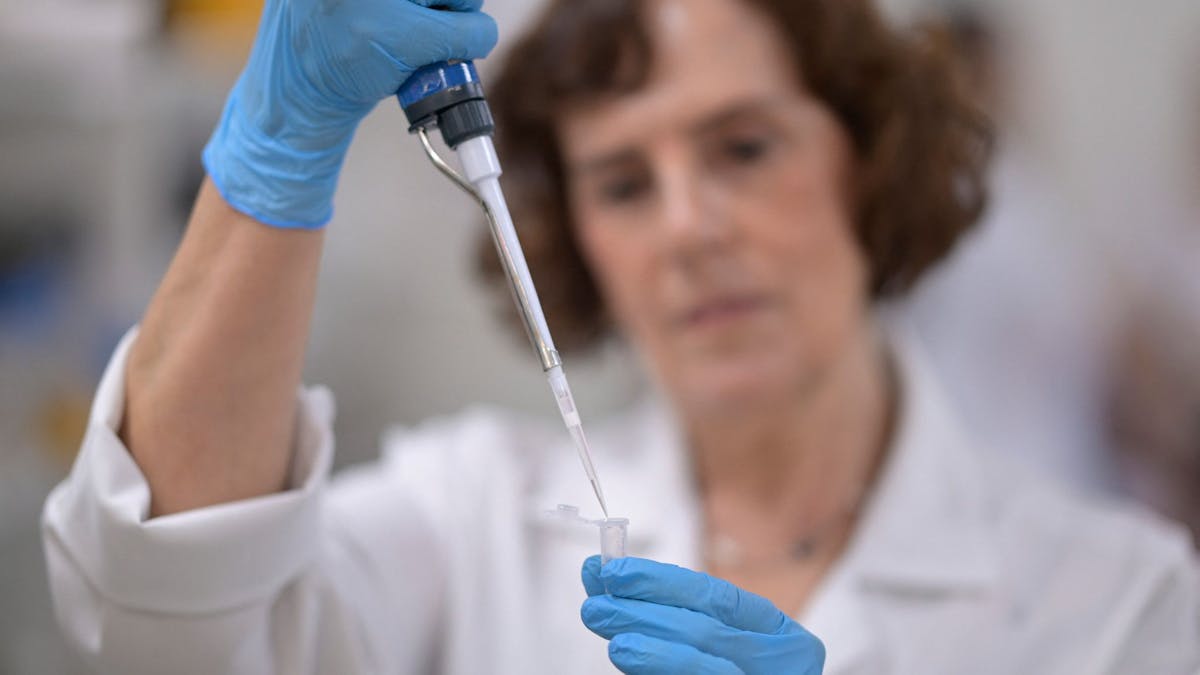Cancer leading cause of death in France, in 7 figures

Cancer is the leading cause of death worldwide. Every year, 10 million people die from this disease. To combat this menace, research is in full swing.
Every year February 4 is World Cancer Day. An opportunity to promote ways to reduce the burden of morbidity attributable to this disease. Overview, in key figures.
· 433,000 new cases per year
Cancer is the leading cause of death in France, with 157,000 deaths annually. 433,000 new cases are reported every year. Since 1990, this figure has doubled. This is mainly due to the aging of the population and the improvement of diagnostic methods. Furthermore, the maintenance or increase of certain risky behaviors in the population favors this trend.
Thus, since smoking has become a part of their habits, lung cancer rates among women are on the rise. Overall, it is estimated that 3.8 million people live with a cancer diagnosis in France today.
Worldwide, cancer is the second leading cause of death behind heart disease with nearly 10 million deaths per year. The World Health Organization (WHO) says that nearly 35 million new cases of cancer are expected to be diagnosed in 2050, or 77% more than in 2022.
· 57% men
Males (57%) are slightly more affected than females. However, after an increase until 2005, the incidence rate of “all cancers” has declined and appears to have stabilized since 2012.
For women, the trend is upward: +0.9% per year since 1990. Another lesson: the evolution of the incidence of all cancers differs by race.
· 2,200 children
Adults are not the only ones affected by cancer. There are also the smallest ones. Among children and adolescents, cancer affects an average of 2,200 new people each year (1,843 among 15- to 17-year-olds and 440 among 15- to 17-year-olds in 2023).
The good news, though: The five-year survival of children and adolescents with this cancer has improved significantly in recent decades. Today it is more than 80%. Among people under the age of 15, the leading sites of cancer are leukemia (28% of cases). Among 15-17 year olds, the main sites are lymphomas (27% of cases).
· 60,000 breast cancer
The leading cancer in women is breast cancer. It represents one-third of cancers affecting women, or about 60,000 cases and 12,000 deaths each year. This cancer is one of the best treatable: five years after initial diagnosis, 99 out of 100 women are still alive. Next come lung cancer (9%), and colon and rectal cancer.
The leading cancer affecting men is prostate (61,000 cases). Then 21,370 are affected by colon and rectal cancer and 19,339 are suffering from lung cancer.
· 6,600 preventable deaths
However, screening can save lives. “If support for the principle of organized screening is high in the French population (94% of women say they are in favor of breast cancer screening and 94% of men and women are in favor of colorectal cancer screening), “the act remains inadequate,” denounces the National Cancer Institute. is
Currently, there is 34% participation in colorectal cancer screening. If it reached 65%, 5,700 colorectal cancers and 6,600 deaths could be avoided each year, the organization estimates. To reach these figures, health insurers want to conduct 1 million additional screenings by 2025. This year, 13.6 million invitations to undergo colorectal cancer screening will be sent, as well as 10.4 million for cervical cancer screening and 5 million for breast cancer. Worldwide, it is estimated that 3.7 million additional lives could be saved each year by implementing appropriate prevention strategies.
In addition, more than 40% of cancer deaths worldwide (4.4 million) are attributable to modifiable risk factors. Clearly, these are cancers that can be prevented by reducing risk factors, such as alcohol and tobacco consumption.
· 6 people out of 100,000
Sarcoma, uveal melanoma, lymphomas… In addition to the most common cancers, 70,000 people are affected by rare cancers every year. Fewer than 6 in 100,000 people in France are affected by the rare cancer. Overall, however, they represent 22% of cancers registered in France.
And research continues to take interest in it, especially at the Institut Curie. This is one of the complications of multiple forms of cancer. There are more than 100 types of sarcoma and 70 types of lymphoma. So it is difficult to diagnose these cancers, especially for a doctor who has never encountered them.
In France, national referral networks are in place to optimize patient care. They provide access to real medical expertise and the latest therapeutic innovations. And this institute promotes research. “Studies have shown that, for example, in sarcoma, when surgery is performed at a specialist centre, patients have a better prognosis,” explains Institut Curie oncologist and researcher Sarah Watson.
· 16.1 billion euros
Each year, health insurance allocates 16.1 billion euros, or 10% of total costs, to cancer treatment in France. The cost of treatment is considerable. It represents 3.2 billion euros. And it is expected to grow further. In question, the cost of the innovative treatment that should add 1 to 1.2 billion euros to the bill every year.
Worldwide, the total economic cost of cancer is estimated at $1.16 trillion. Loss of productivity, household income, loss of quality of life, disability and premature death are considered.



:quality(85)/cloudfront-us-east-1.images.arcpublishing.com/infobae/XD5JL7A27JFB3BONYGGCA7PFQY.jpg)
